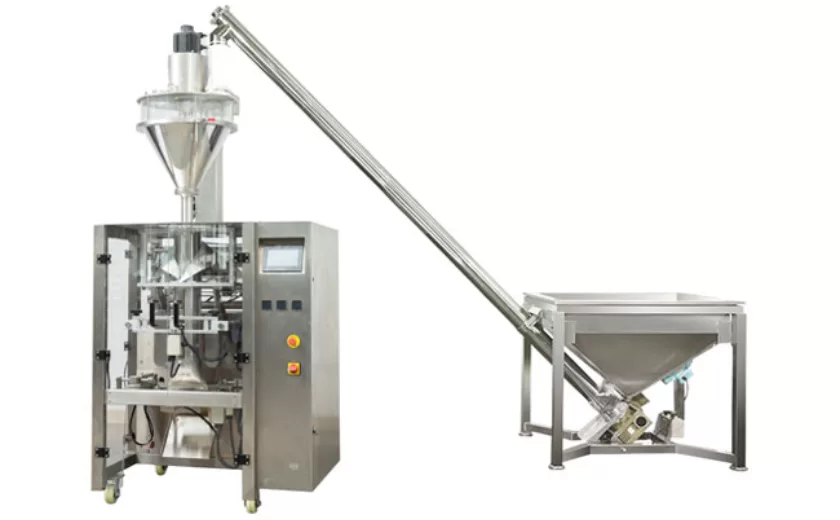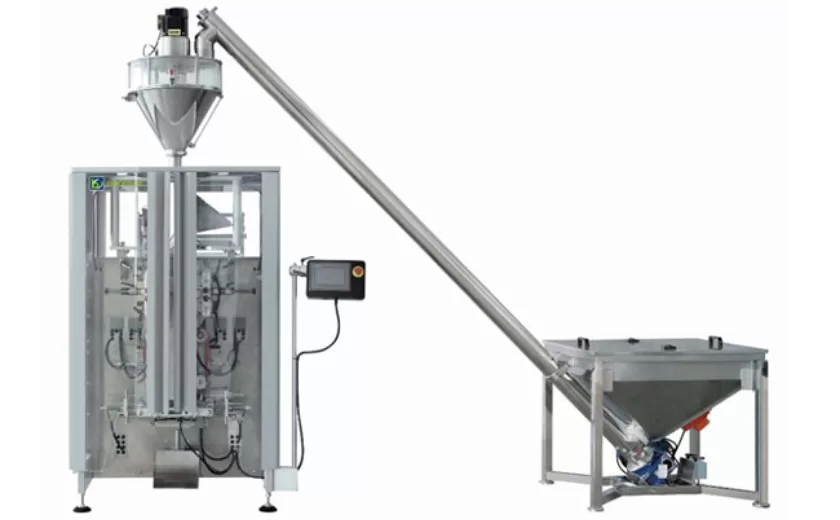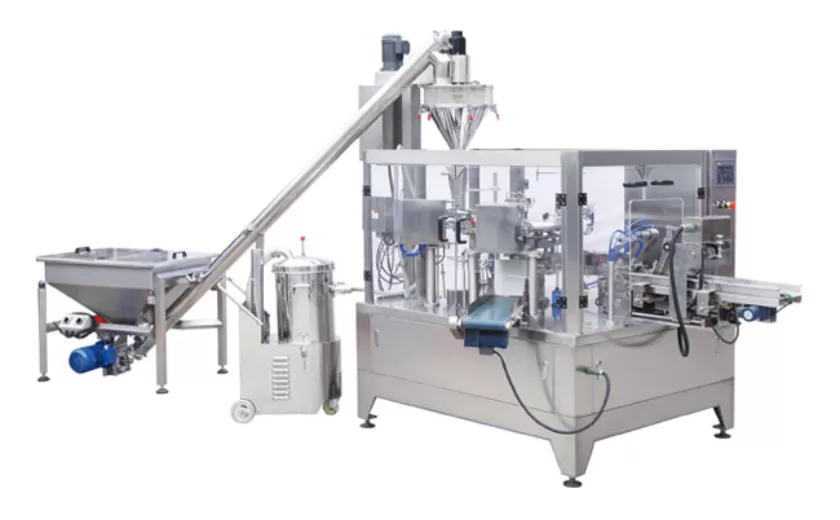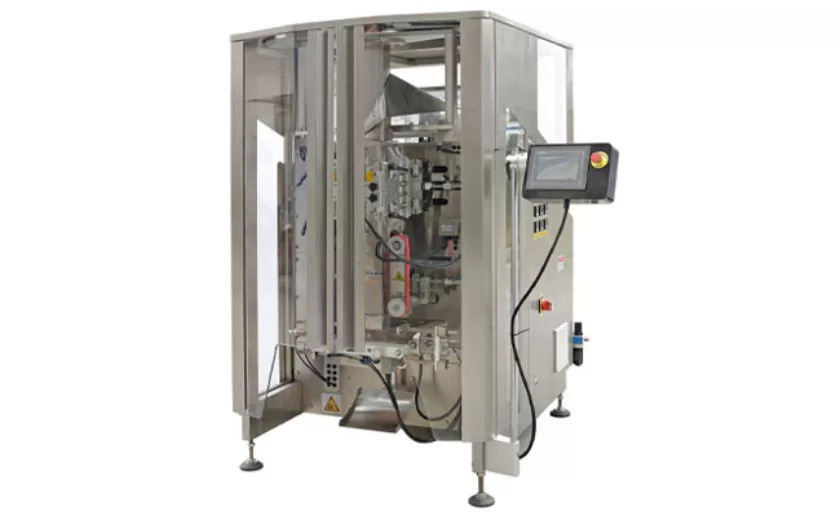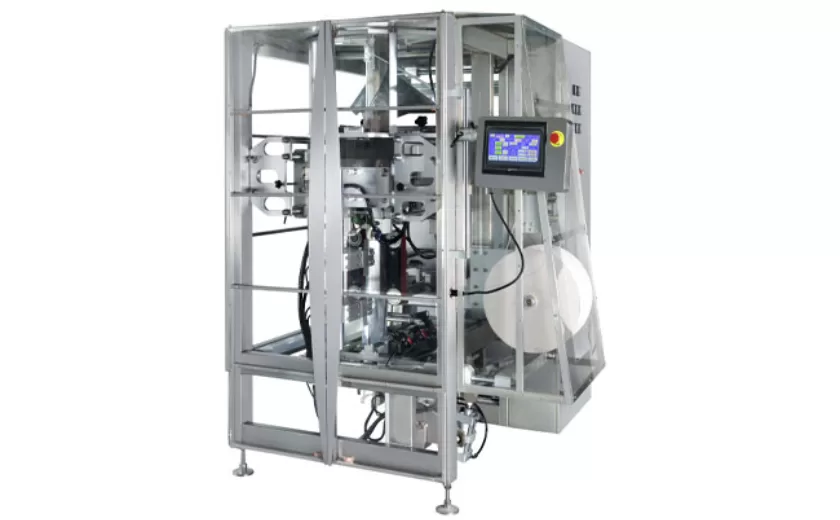The Importance of Quality Control in Water Packing
Introduction
Water is a vital resource for human life and sustenance. As the global population continues to grow, so too does the demand for clean and safe drinking water. Water packing plays a critical role in meeting this demand by providing a convenient and portable way to consume water. However, ensuring the quality of water packing is paramount to safeguard public health and well-being. This article will delve into the importance of quality control in water packing, highlighting various aspects that contribute to the safety and integrity of packaged water.
Microbiological Safety
Maintaining microbiological safety is the cornerstone of quality control in water packing. Water can harbor a variety of microorganisms, including bacteria, viruses, and parasites, which can cause a range of illnesses. Implementing strict quality control measures is essential to eliminate or reduce the presence of these harmful microorganisms. This involves testing water sources, employing filtration and disinfection techniques, and adhering to stringent sanitation practices throughout the packing process.
Chemical Safety
In addition to microbiological safety, chemical safety is equally important in water packing. Various chemicals, such as pesticides, heavy metals, and chlorine, can contaminate water sources and pose health risks. Quality control measures must include regular testing for the presence of these chemicals and taking appropriate steps to minimize or eliminate their levels. This may involve using filtration systems, adjusting pH levels, or employing other suitable treatment methods.
Physical Safety
Physical safety refers to the absence of any physical hazards or contaminants in packaged water. These hazards can include suspended particles, glass fragments, or other foreign objects. Quality control measures aim to prevent the introduction of these physical hazards into the water during the packing process. This involves inspecting and cleaning equipment, implementing proper handling procedures, and using appropriate packaging materials that prevent contamination or damage.
Packaging Integrity
Packaging integrity is crucial to ensure the safety and shelf life of packaged water. The packaging material must provide a barrier against environmental contaminants, such as oxygen, light, and moisture. Quality control measures include testing the integrity of packaging materials, sealing containers securely, and using appropriate storage conditions to maintain the water’s quality over time.
Regulatory Compliance
Adhering to regulatory standards and guidelines is essential for ensuring the quality and safety of packaged water. Various government agencies and international organizations have established regulations for water quality, packaging materials, and production processes. Quality control measures must comply with these regulations to meet legal requirements and protect consumer health.
Customer Satisfaction
Ultimately, the goal of quality control in water packing is to provide consumers with safe and high-quality water products. By implementing stringent quality control measures, manufacturers can enhance customer satisfaction and build trust. Transparent communication about water quality results and adherence to industry best practices can foster a positive reputation and encourage repeat purchases.
Quality control is of paramount importance in water packing. By implementing comprehensive quality control measures, manufacturers can ensure the microbiological, chemical, physical, and packaging integrity of packaged water. Adherence to regulatory standards and a commitment to customer satisfaction further reinforce the importance of quality control. Continuous monitoring, innovative technologies, and a culture of excellence are essential to maintaining the safety and quality of water packing in the years to come.
-
Precision Filling with Auger Type Powder Filling Machines
25-07-2025 -
Versatile Auger Packing Machines for Precision Powder Filling
25-07-2025 -
High-Precision Auger Filling Machines for Efficient Powder Packaging
25-07-2025 -
Versatile Vertical Form Seal Machines for Efficient Packaging
20-07-2025 -
Advanced Vertical Wrapping Machines for Streamlined Packaging
20-07-2025 -
Versatile and Efficient Small Vertical Form Fill Seal Machines for Modern Packaging Needs
20-07-2025 -
Reliable Solutions for Liquid Filling and Packing in Modern Production
11-07-2025 -
Precision and Efficiency with Liquid Packaging Machines
11-07-2025 -
Efficient Solutions with Granule Packaging Machines for Modern Industries
11-07-2025 -
Reliable Solutions with Auger Type Powder Filling Machines
05-07-2025





